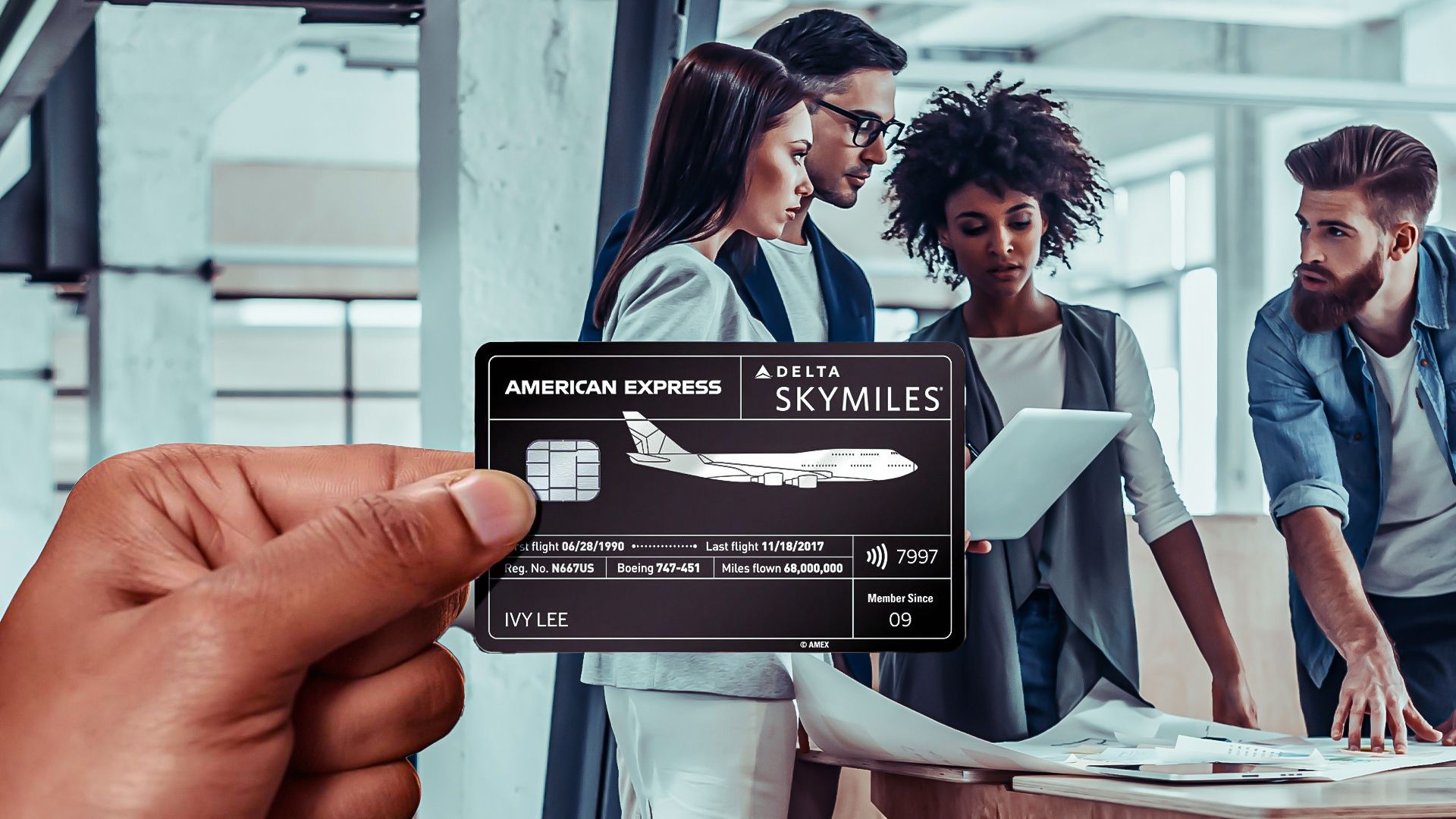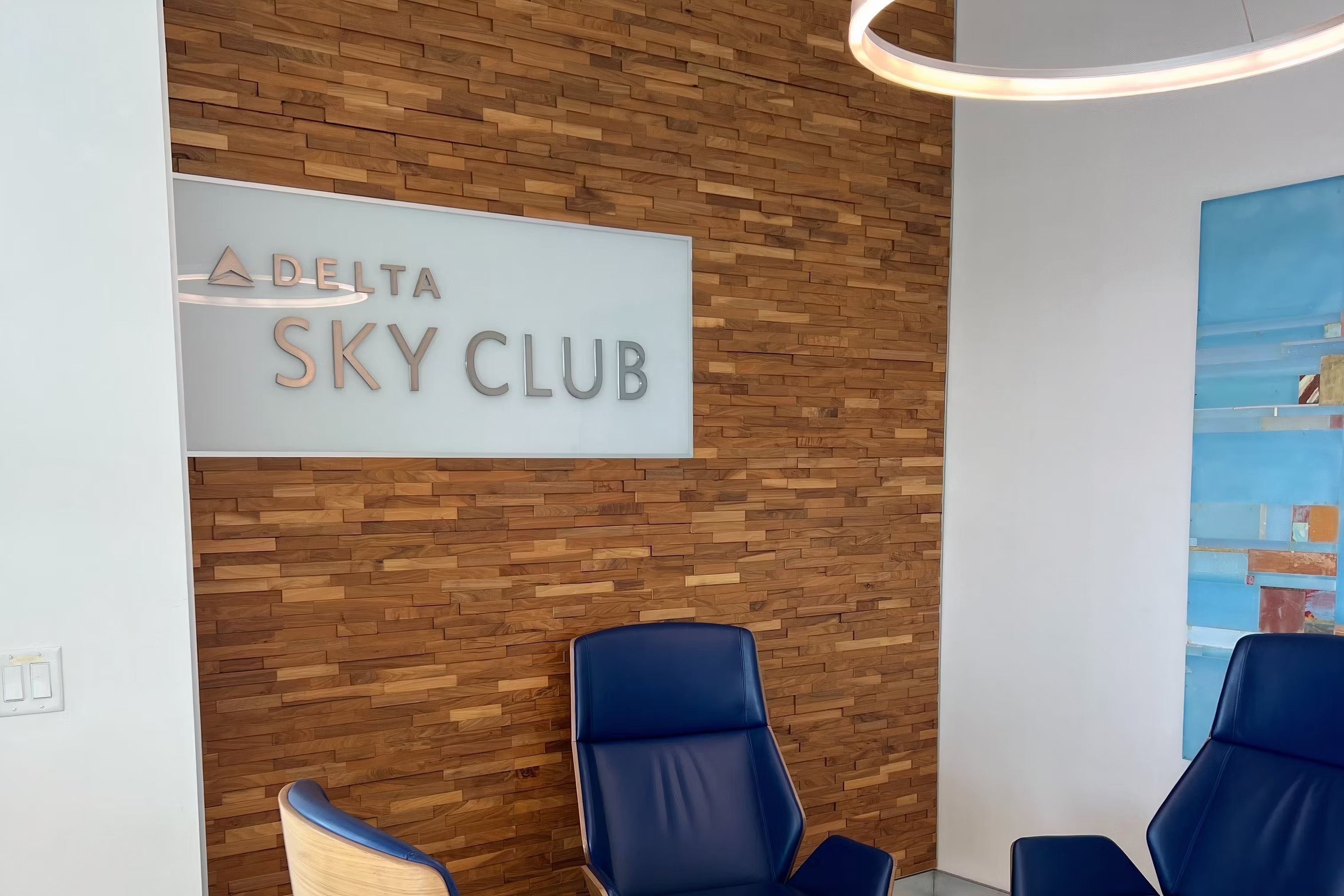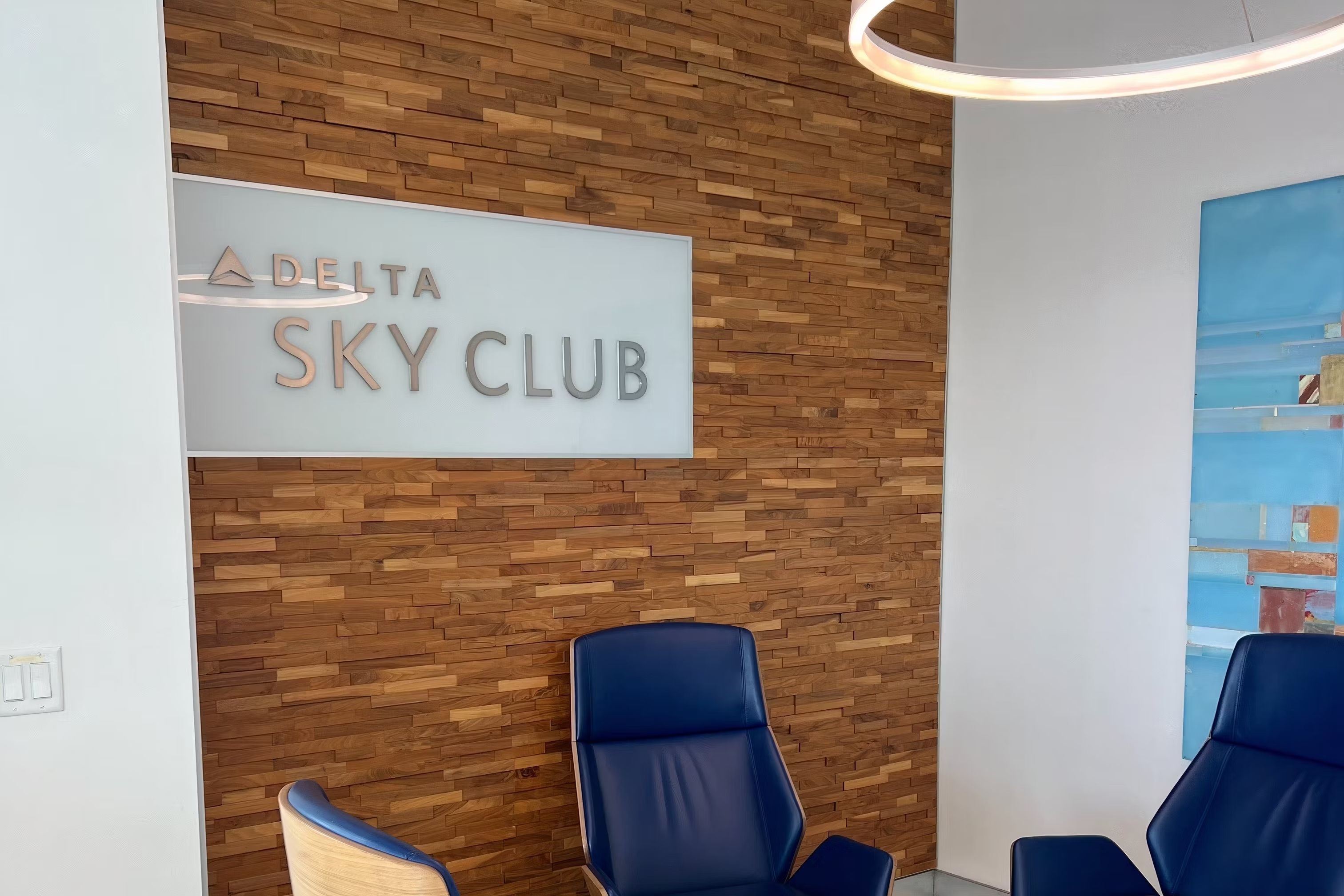Over the past decade, airline loyalty programs have effectively marketed ultra-premium credit cards, making these expensive payment methods among the most popular with Americans today.
Offering perks like lounge entry, access to complimentary upgrade lists, and even annual gifts in the case of some cards, the ultra-premium credit cards offered by major airline loyalty programs have become some of the best-selling in America today.
These credit cards seem to have it all: they can get you into the lounges you want, give you the upgrades you want, and allow you to earn both elite status and a massive amount of miles that you can use to book free travel.
All of these benefits are easily accessible to the consumer who has the pockets to cover a multi-hundred dollar annual fee, which, for the highest tier of airline credit cards, tends to sit between $500 and $700.
Photo: Channing Reid | Simple Flying
With such ubiquity within American society today, some people are quick to purchase one of these expensive cards without considering the potential downsides.
Furthermore, airlines have been quick to aggressively market these expensive credit cards
, without considering the potential ramifications for their loyalty programs of doing so. Let’s take a look at both sides of this picture and explain why both customers and airlines should be careful when thinking about ultra-premium credit cards.
What issues have ultra-premium credit cards created for airlines and customers?
It is important to remember that the drastic expansion of ultra-premium credit card usage has come to the detriment of commercial airlines in certain ways. By offering such an extensive suite of benefits, more and more passengers are seeing the value in purchasing this highest tier of credit card, with some of the following proving the most popular:
- The Platinum Card from American Express
- The Delta SkyMiles Reserve Card from American Express
- The United Club Card from Chase Bank
- The AAdvantage Executive World Elite Mastercard from Citibank
An oversight that has already had to be corrected
There may not seem to be any initial issues with offering passengers additional benefits in exchange for paying a high annual fee for a cobranded credit card. This was the case for the first few years of operations, during which airline loyalty program revenues soared and expenditures on cobranded credit cards went through the roof.
Over time, however, as more and more passengers have access to elite status and premium benefits, they by definition become less and less exclusive.
Lines and lounges grow long, the possibility of getting an upgrade off of the airline’s waitlist becomes smaller, and across the board premium products that once seemed to be unique have become cookie-cutter across the board.
As a result, airlines have had to correct their steps, with no bigger culprit in this department than Atlanta-based Delta Air Lines.
Just last year, the carrier had to fully revamp how it determined access to the Sky Club, its flagship lounge. The airline had to heavily restrict who could access the lounge, and what guests they could bring inside, a decision that was met with heavy criticism.
Photo: American Express
According to NBC News, another move Delta has made in the past to attempt to address this issue organically is by raising the annual fees on its credit cards. Today, the airline’s cobranded credit card fees are among the most expensive in the globe, with the SkyMiles Reserve Card commanding an annual fee of $650, according to NerdWallet.
The cards simply may not be worth the money
One of the most consequential arguments against the use of ultra-premium credit cards is that they may not be worth their annual fees. And this can be true if consumers fail to use them effectively and capitalize on their extensive suite of benefits.
For example, the American Express Platinum Card is quick to indicate that, for its near-$700 annual fee, it can offer over $1,500 worth of benefits. This is only the case, however, if one manages to capitalize on all the available statement credits and bonuses that are offered.
One of the major drawbacks offered by this highest tier of premium credit card is that the mileage accrual schedules they bring along can be extremely weak.
For example, those who hold the American Express Platinum Card are offered only one reward point per dollar spent under most circumstances, limiting the award potential of the card especially in comparison to lower-fee cards like the American Express Gold Card. Some online have been quick to share similar speculation regarding the American Express Platinum Card:
The last note on this matter is that the principal selling feature of these cobranded credit cards is access to premium lounges. However, it is important to fully examine the guest policies, visit restrictions, and other fine print when deciding whether to sign up for such an expensive credit card.
The bottom line: You’re paying mostly for lounge access
When one considers whether $600 is a lot to pay every year for access to premium lounges, it is important to remember that they will only be able to get the most out of this if they visit lounges regularly.
If you are an occasional traveler who only spends time in an airline lounge a couple of times per year, you might as well just buy one-time passes to lounges the few times that you are there. The same goes for travelers who consistently travel with guests.


